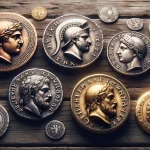Introduction to Coins as Historical Artifacts
Hold a coin in your hand. It’s small, unassuming, maybe even a little tarnished. But beneath its surface lies a story—a vibrant connection to the people, places, and events of the past. Coins, those everyday objects jingling in our pockets, are like miniature time capsules. They whisper tales of empires rising and falling, treaties signed and alliances forged, often in intricately designed detail. It’s as if history decided to leave its signature on metal.
Why Coins Are More Than Just Currency
Think of coins not as mere tools of trade but as powerful records of their era. Every symbol etched into them tells you something critical:
- Rulers’ Portraits: These faces weren’t just decoration—rulers used their images to declare power and legitimacy. Julius Caesar’s profile on Roman denarii? A bold flex.
- Inscriptions: Words like “Pax” (peace) or “Libertas” (freedom) were far from random; they reflected the values or aspirations of the society that minted them.
- Mint Marks: Subtle stamps indicating where a coin originated. Think of it as an ancient postal address!
Coins as Windows into Diplomacy
Imagine a peace treaty between two rival kingdoms. How might they announce the newfound harmony to their citizens? Through coins, of course! For example, when Seleucid and Ptolemaic rulers settled disputes, they issued coins featuring both monarchs side by side—a strikingly public statement of unity. Coins, in this sense, became walking ambassadors, spreading political messages far and wide in a world without the internet or newspapers. Their role in diplomacy cannot be overstated.
So next time you see an old coin, stop and think—it might just carry echoes of a handshake, a battle won, or even a nation’s hope for peace.
The Role of Coins in Diplomatic History
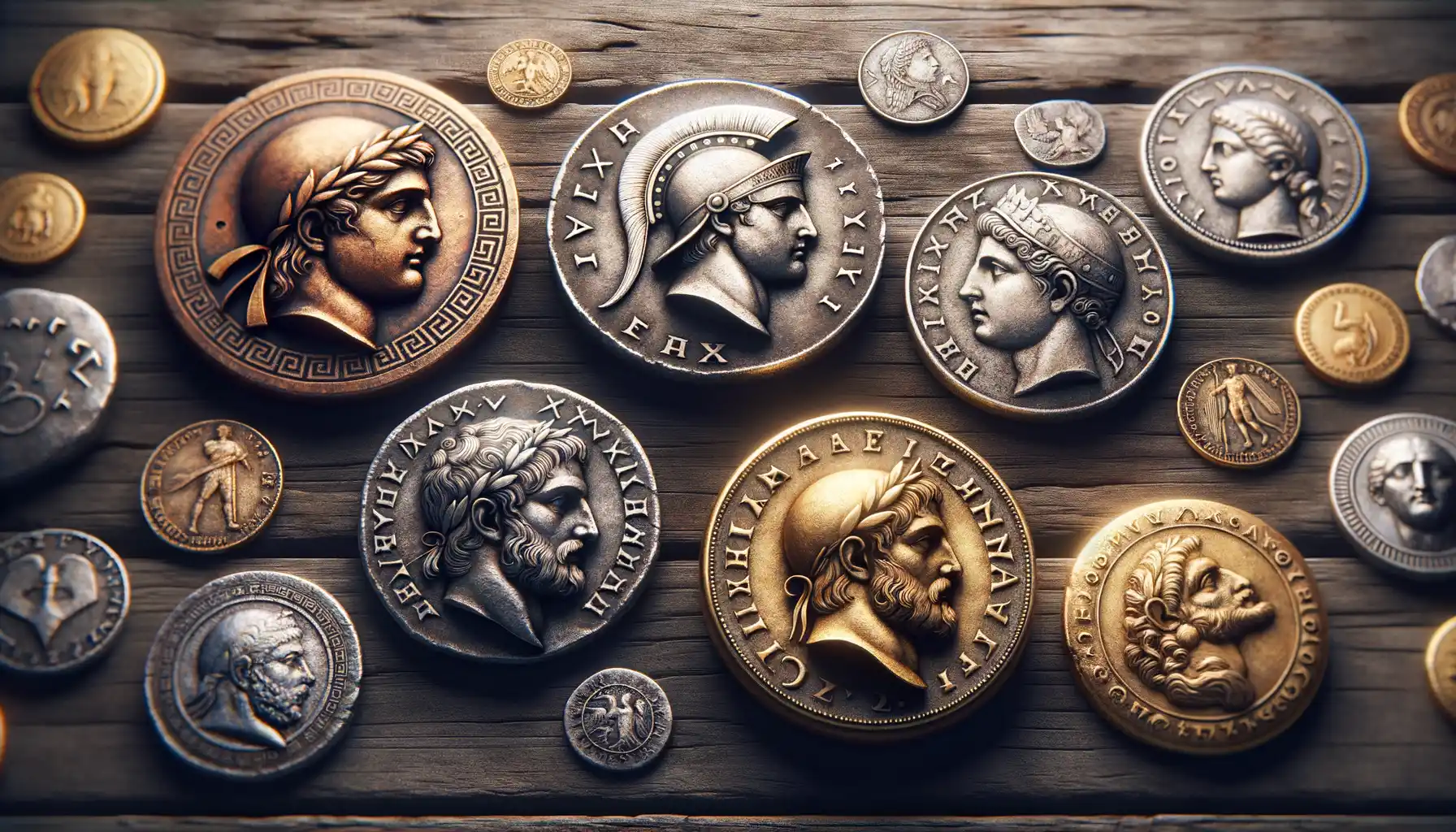
Coins as Witnesses to Diplomatic Turning Points
What if I told you that a simple coin could whisper the story of an ancient treaty, a royal alliance, or even a declaration of peace? Coins have served as silent witnesses to some of history’s most pivotal diplomatic moments. They’re not just metal discs; they’re time capsules. Take, for instance, the Roman denarius minted during Augustus’ reign. Its imagery is more than artistry — it’s propaganda, loudly announcing the Pax Romana, a period of relative peace across an empire once riddled with strife.
Diplomacy often finds its stage on coins through carefully chosen symbols and inscriptions. Consider the olive branch carved into Greek tetradrachms or the double-headed eagle of the Byzantine Empire. These designs weren’t picked at random. They carried messages, like subtle handshakes between rulers or declarations of dominance over newly conquered lands.
- Peace treaties: Coins celebrating agreements like the Treaty of Westphalia became portable markers of goodwill.
- Alliances: Jointly issued coins, such as those by the ancient Indo-Greek kingdoms, symbolized unity in diversity.
So next time you hold an old coin, think: whose hands passed this first — a diplomat, a king, or maybe someone holding history itself?
Significance of Symbols and Inscriptions on Coins
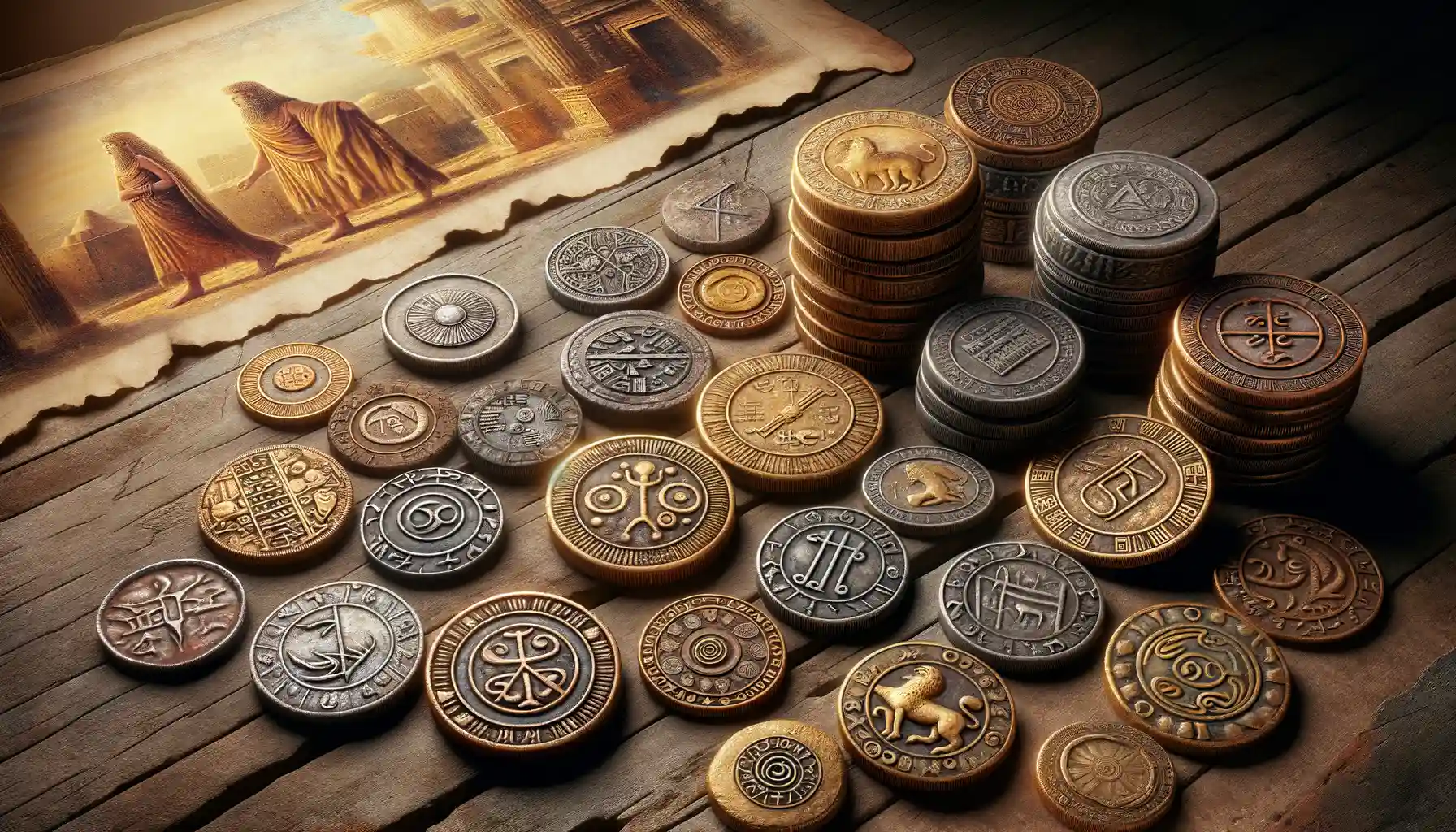
Decoding the Stories Behind Symbols
Coins are tiny canvases packed with meaning, often whispering stories across centuries. The symbols etched onto these metallic time travelers aren’t random; they’re deliberate messages, crafted to resonate with the people of their era—and beyond. Think of a coin as a political speech, a religious decree, or a cultural snapshot shrunk down into the palm of your hand.
Take, for instance, the olive branch on ancient Roman coins. It wasn’t just decorative—this was a potent symbol of peace and diplomacy, sent like a visual olive branch to Roman citizens and allies alike. Or the lion rampant on medieval European coins: ferocious, regal, and meant to inspire loyalty (and maybe a little fear). These designs were meticulously chosen to project power, unity, or even divine support.
- Religious icons: Crosses, crescents, and deities, reminding people of their shared faith.
- Military triumphs: Arches, eagles, or weapons stamped to immortalize victories.
- Rulers’ portraits: Bold-faced propaganda, declaring authority far and wide.
The Power of Inscriptions
Then there are the inscriptions, the words wrapping around a coin’s edge like a whispered secret. These are powerful declarations: titles, mottos, dates of rule. For example, coins from Alexander the Great’s reign proudly stamped “King Alexander,” cementing his godlike presence in every pocket and marketplace.
In some cases, inscriptions became tools of alliance-building. Diplomatic events, like treaties, were celebrated through phrases carved onto coins, almost like Tweet-worthy updates of their time. A Greek coin might proclaim “Friendship with Rome,” blending subtle diplomacy with day-to-day commerce. These aren’t just coins—they’re artifacts with voices, shouting out their message even as they slip through centuries.
Case Studies of Coins Linked to Major Historical Events
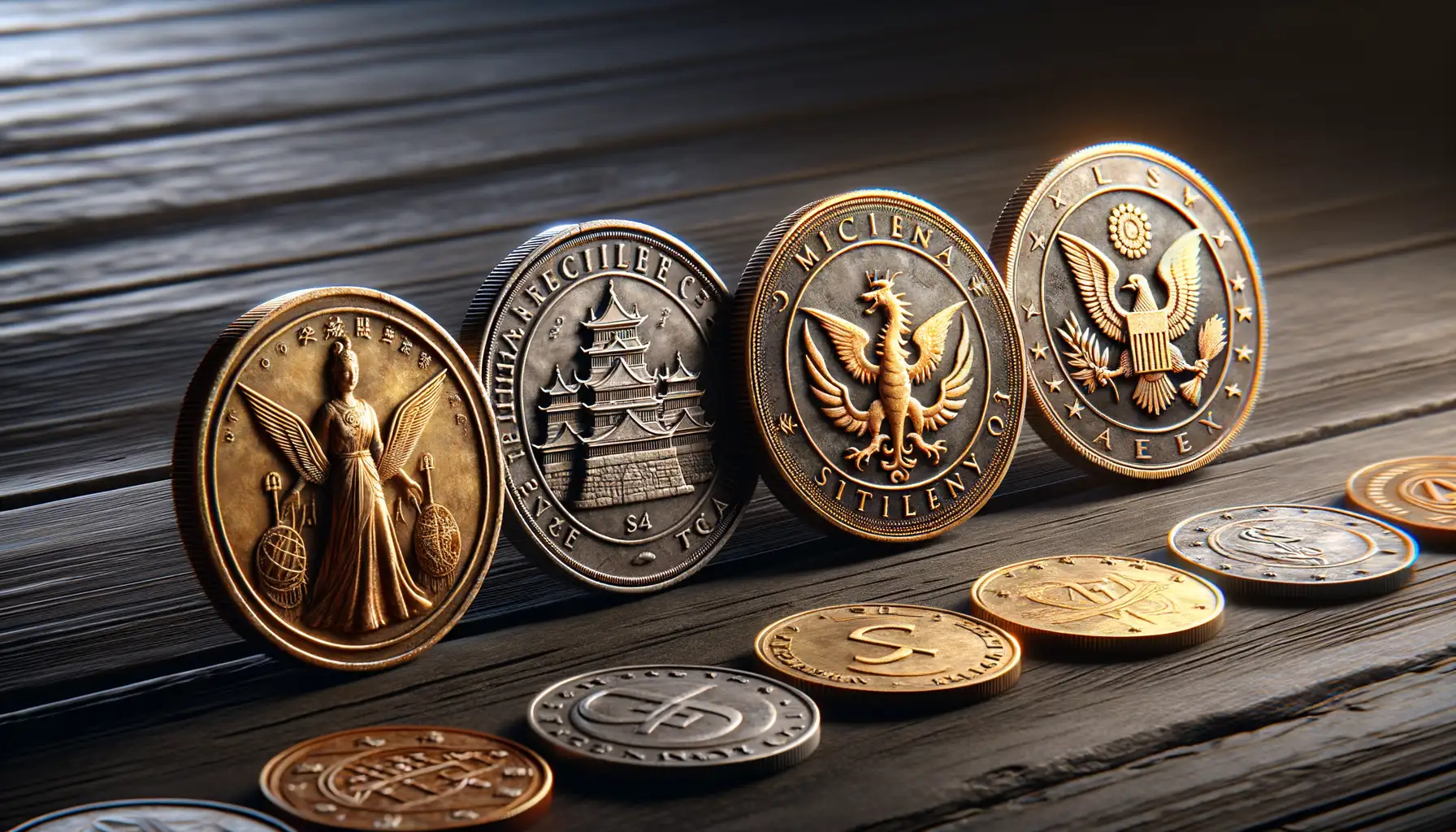
Shaping History: Coins That Tell Stories of Revolution and Alliance
Picture this: a small, weathered coin slips through your fingers, its surface worn but still marked with the faces and symbols of power. That coin might be your direct link to a world-changing moment. Take the Roman denarius minted during the time of Julius Caesar—on one side, Caesar’s profile boldly stares back at you; on the reverse, symbols celebrate his military conquests. This wasn’t just money—it was propaganda, a shiny declaration of dominance in an era of upheaval.
Fast forward centuries, and another coin makes waves—the silver thalers of 1648, commemorating the Treaty of Westphalia. Their detailed engravings were more than decoration. These coins quietly celebrated the birth of modern diplomacy, marking the end of decades of European warfare. Think of them as pocket-sized PR campaigns, spreading news far and wide before newspapers ruled the day.
- The French Revolution’s Assignat coins: Embossed with liberty caps, they symbolized freedom—and economic chaos.
- The 1964 Kennedy half dollar: A tribute minted in grief, carrying the weight of a nation’s collective sorrow after JFK’s assassination.
Each coin pulses with meaning, more than metal—it’s emotion cast into currency.
Preservation and Study of Historical Coins
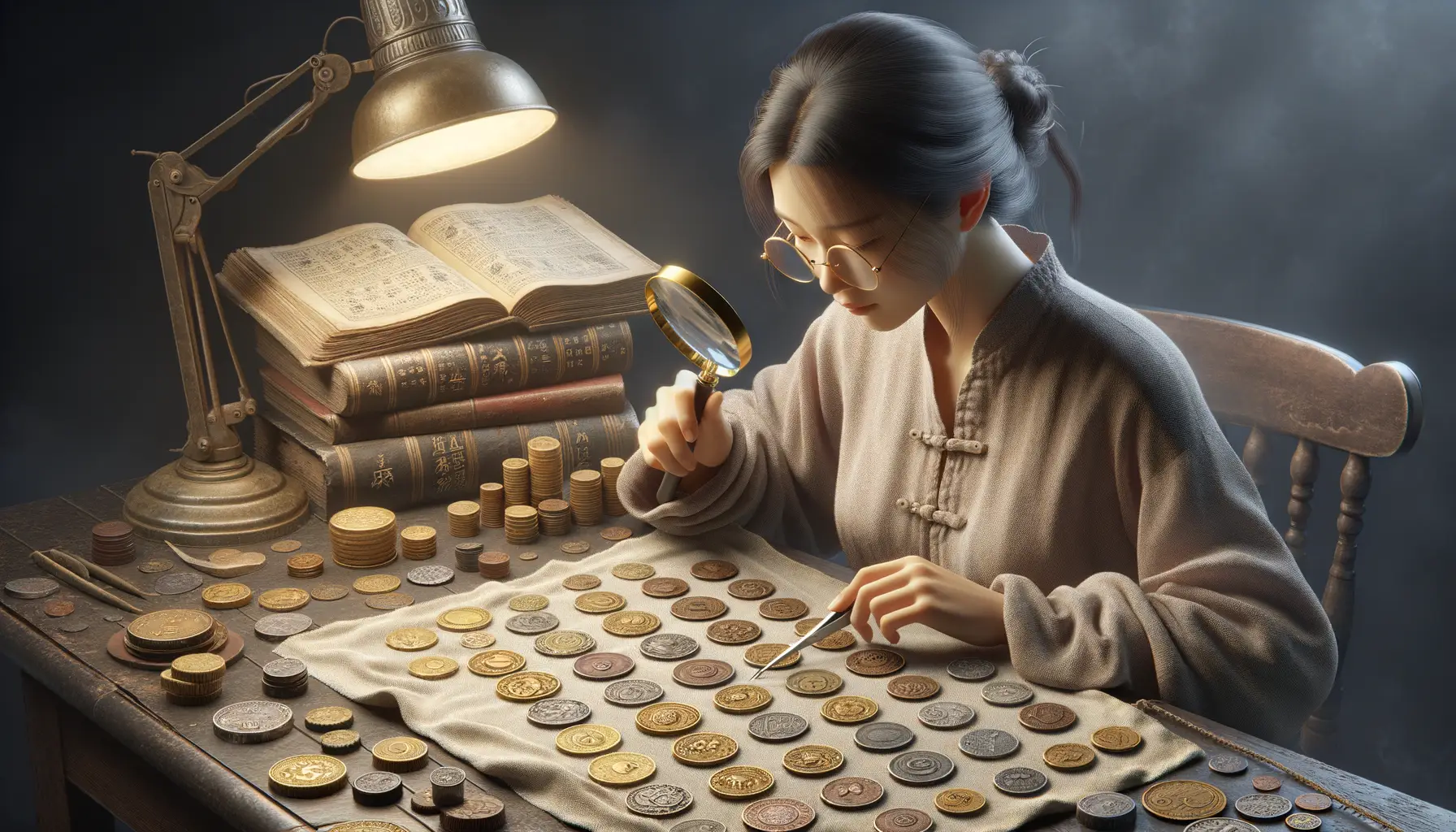
The Art and Science Behind Protecting Ancient Coins
Imagine holding a coin that once exchanged hands during the signing of a peace treaty centuries ago. These tiny, unassuming objects whisper stories of alliances, betrayals, and revolutions. But such treasures don’t survive the ages by accident—they demand care, study, and respect.
Preserving historical coins is like cradling time itself. Without proper conservation, the irreplaceable details—the emperor’s face, the intricate border designs, or a rare mintmark—could erode into oblivion. Experts in coin preservation are modern-day detectives, armed not with magnifying glasses alone but also tools like microabrasion devices and UV light scanners.
- Storage Tips: Coins hate humidity! Always use airtight containers lined with acid-free materials.
- Avoid Overcleaning: Natural patinas tell their own stories—harsh cleaning can wipe history away.
Why Numismatic Studies Matter
Coin study isn’t just about scrutinizing old metal discs—it’s decoding cultural puzzles. Historians analyze inscriptions to uncover treaties, rulers’ ambitions, or even economic crises. For example, a Roman denarius might reveal how propaganda was subtly embedded into currency. Isn’t it fascinating that something so small can carry the weight of entire empires?
Next time you see an ancient coin, remember: you’re looking at a survivor of wars, trade routes, and human ingenuity.


